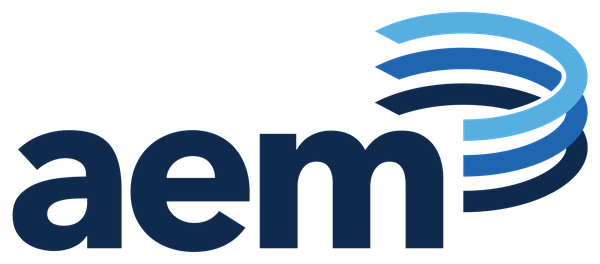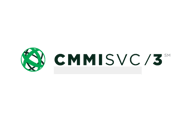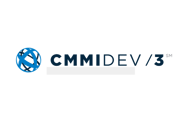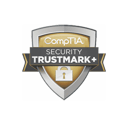What do you do at AEM, and what does your day-to-day work involve?
I'm a service delivery manager providing client-facing support for federal customers, including both Department of Defense and civilian government agencies. Typically, I focus on system hardening and delivering artifacts for operating systems under the Risk Management Framework (RMF) umbrella. My work involves implementing cybersecurity frameworks like NIST 800-53 to provide and deliver secure systems that meet federal standards and guidelines.
Can you tell us about your military service before joining AEM?
I served as a military police officer in the Marine Corps from 1994 to 2001. My duties ranged from standing guard at gates to providing physical security for the base, designing anti-terrorism plans, and handling personal security matters.
Later, I became a physical security specialist, which is where I got into computers. I worked on a program that was the precursor to the Navy Marine Corps Intranet (NMCI). The Navy wanted to connect all the flight lines up and down the East Coast over dark fiber—a private connection that no one else could access. I spent many days polishing fiber optic cable, making connectors, and getting glass on my fingers. It was challenging but enjoyable work.
What was your career path like between the military and AEM?
After leaving the service, I worked for a consulting firm that handled AT&T's cable internet service. I was later assigned to the FedEx contract, where we developed the initial FedEx kiosk software—those green terminals where customers could print shipping labels.
From there, my wife and I moved back to Virginia Beach, where I worked for the Navy Exchange for a number of years. At the Navy Exchange, I started as a PC technician and worked my way up to LAN engineer and then Linux engineer. I developed a high-availability credit card encryption system. We grew from managing about 200 Linux servers to over 2,000 as we deployed Oracle Point of Sale software to their worldwide operation.
What was the transition to AEM like after working in military-affiliated organizations?
The Navy Exchange definitely had a Navy culture. My dad had worked there for 35 years before he passed away, so I had grown up around the organization my entire life. It was a difficult decision to leave.
Transitioning to AEM, which is very family-oriented, was a good fit for me. Even though I've always been a remote employee, I never felt out of place. I make an effort to be involved in whatever I can within the organization.
Did your military background help you succeed at AEM?
Definitely. I'm very ADHD—shiny objects catch my attention quickly. One of the things the Marine Corps did for me was to help me train my focus and understand that when something needs to be done, I need to focus on it regardless of what it is. It could be scrubbing the floor or whatever—it still has to get done.
What has your experience been like working at AEM for the past decade?
It's been pretty amazing. I feel like my voice is heard in the organization, even before I became a director. The leadership and executives understand that they need to listen to their experts. Just because we might be able to do something doesn't mean we should, and I think that perspective is well-received within the organization.
Do you still get to work with military programs or military families in your current role?
Yes, I manage people on Navy programs and military programs in general. I've got team members on DMDC (Defense Manpower Data Center) and various federal government and Navy projects.
What should other veterans know about AEM?
You'll be respected. Your dedication will be acknowledged and appreciated.
 Maggie Pabustan Senior Executive Vice President
Maggie Pabustan Senior Executive Vice President
 Mark Blevins Executive Vice President
Mark Blevins Executive Vice President









